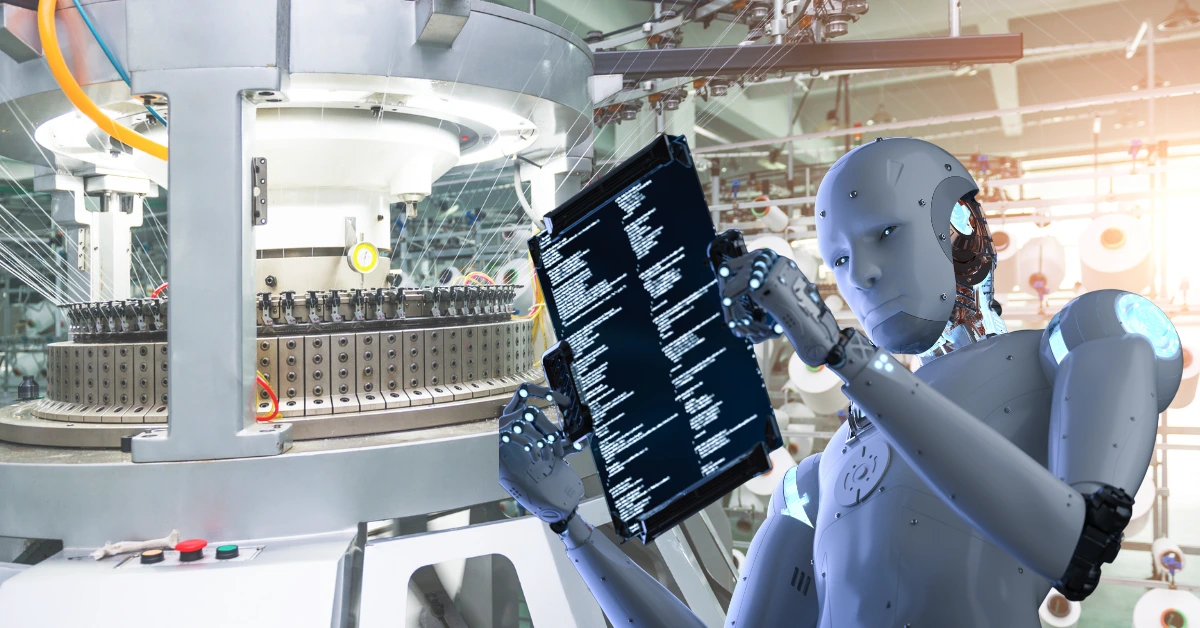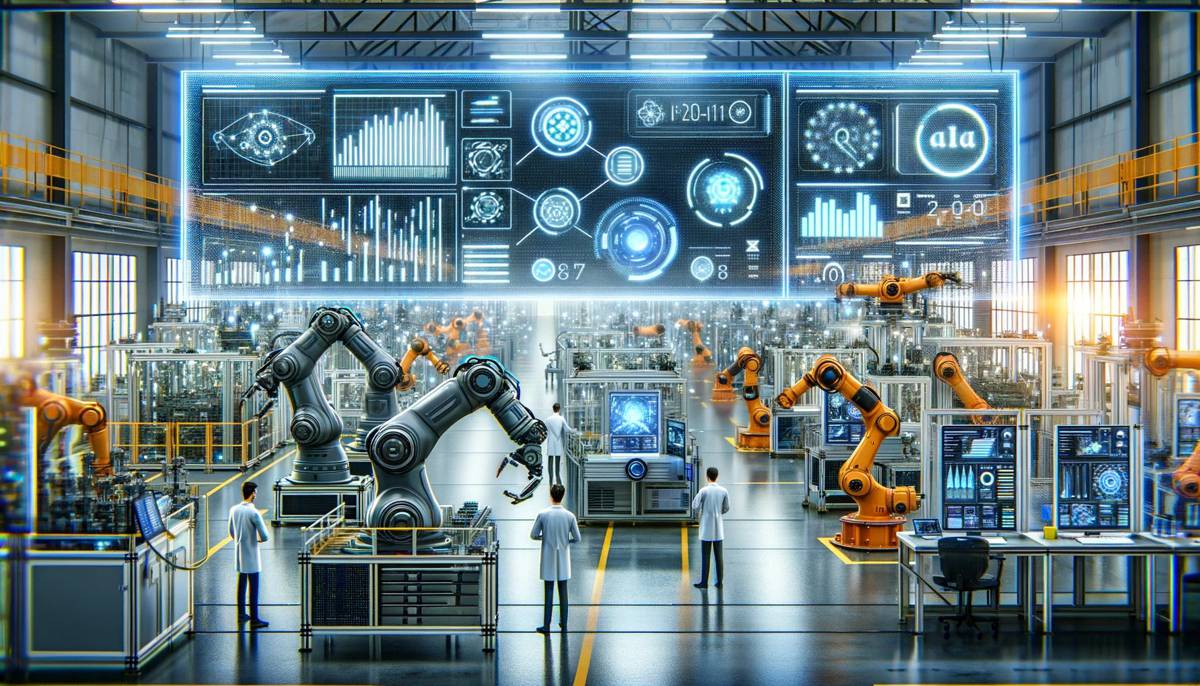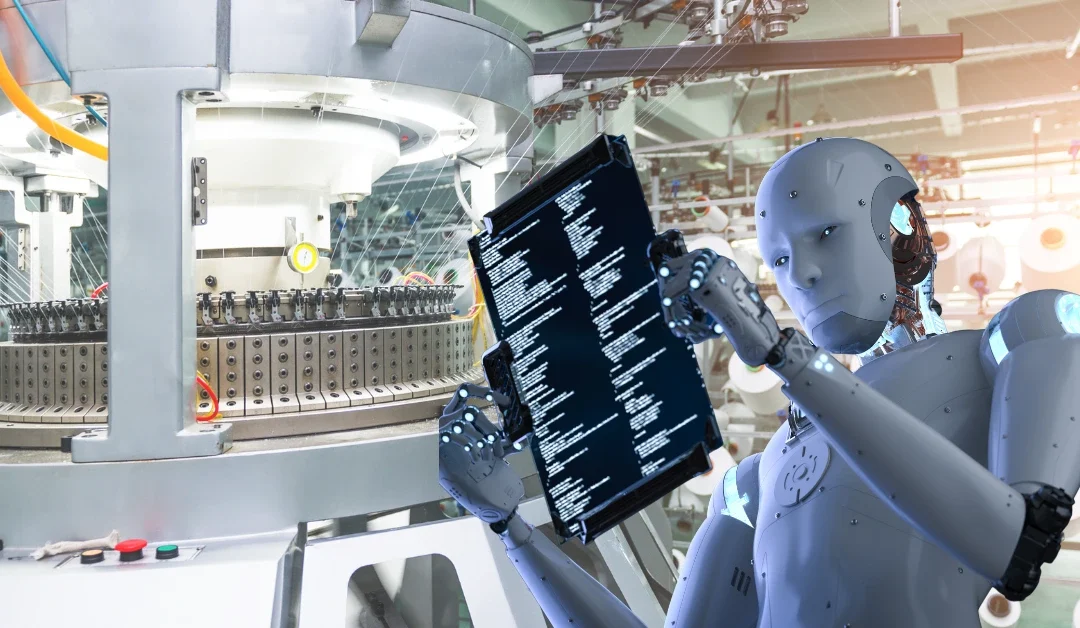In today’s rapidly evolving industrial landscape, the integration of IoT and stroboscopic inspection systems is revolutionizing the field of quality assurance. These cutting-edge technologies are empowering industry QA professionals to achieve unprecedented levels of precision, efficiency, and reliability in their inspection processes.
The Internet of Things (IoT) refers to the network of interconnected devices that communicate and exchange data with each other, enabling smarter decision-making and automation. On the other hand, stroboscopic inspection systems utilize high-speed flashing lights to capture intricate details of moving objects, allowing for thorough examination even at incredible speeds.

The Role of IoT in Inspection Systems
The integration of IoT into inspection systems has led to a paradigm shift in how quality control is conducted. By connecting various components of the inspection process to a centralized network, IoT enables real-time monitoring, data collection, and analysis, which enhances the decision-making process.
For instance, IoT sensors can be strategically placed along the production line to continuously gather data on product quality, machine performance, and environmental conditions. This data is then transmitted to a centralized platform, where advanced analytics are applied to identify anomalies, trends, and potential defects.
Enhancing Precision with Stroboscopic Inspection
Stroboscopic inspection systems are renowned for their ability to capture high-resolution images of fast-moving objects. By synchronizing the strobe light with the movement of the object, these systems freeze motion, allowing for detailed examination of intricate features that would otherwise be missed.
One of the standout advantages of stroboscopic inspection is its ability to detect defects and variations that are invisible to the naked eye. This capability is particularly crucial in industries such as manufacturing, where even the slightest defect can lead to significant product failures.
Improving Efficiency in Quality Assurance
The combination of IoT and stroboscopic inspection systems significantly boosts the efficiency of quality assurance processes. By automating data collection and analysis, these technologies eliminate the need for manual inspections, reducing human error and increasing throughput.
Moreover, the real-time insights provided by IoT-enabled inspection systems enable proactive decision-making. Industry QA professionals can swiftly address potential issues, preventing costly production delays and maintaining high product quality.
Applications Across Industries
The applications of IoT and stroboscopic inspection systems are vast and varied, spanning multiple industries. In the automotive sector, these technologies are used to inspect complex components for defects, ensuring that vehicles meet stringent safety standards. Similarly, in the electronics industry, they play a crucial role in identifying defects in circuit boards and microchips.
In the realm of timing verification in automated lines, IoT and stroboscopic systems ensure precise synchronization, enhancing the overall efficiency of production processes. Additionally, industries involved in catching air bubbles in product flow benefit from the detailed insights provided by stroboscopic inspection systems.
Future Prospects and Innovations
The future of IoT and stroboscopic inspection systems looks promising, with ongoing advancements in sensor technology, machine learning, and data analytics. These innovations are poised to further enhance the accuracy and efficiency of quality assurance processes, enabling industries to stay ahead in a competitive market.
Moreover, as industries increasingly embrace the principles of Industry 4.0, the demand for IoT-enabled inspection systems is expected to grow exponentially. This trend underscores the importance of continuous research and development to drive innovation and deliver even more sophisticated solutions.
Challenges and Considerations
While the potential of IoT and stroboscopic inspection systems is immense, there are challenges that industries must address. Data security and privacy concerns are paramount, as the interconnected nature of IoT systems increases the risk of cyberattacks. Additionally, the integration of these technologies requires careful planning and investment to ensure seamless operation.
Industry QA professionals must also consider the training and upskilling of their workforce to effectively utilize these advanced systems. By equipping employees with the necessary skills, organizations can maximize the benefits of IoT and stroboscopic inspection technologies.
Conclusion
In conclusion, the integration of IoT and stroboscopic inspection systems is transforming the landscape of quality assurance. These technologies offer unparalleled precision, efficiency, and reliability, enabling industries to deliver high-quality products while minimizing defects and production delays. As the industrial world continues to evolve, embracing these innovations will be crucial for staying competitive and meeting the ever-increasing demands of consumers.

FAQs
1. What is the primary advantage of using IoT in inspection systems?
The primary advantage of using IoT in inspection systems is real-time monitoring and data analysis, enabling proactive decision-making and enhancing overall quality assurance.
2. How do stroboscopic inspection systems work?
Stroboscopic inspection systems use high-speed flashing lights to freeze motion and capture high-resolution images of fast-moving objects, allowing for detailed examination of intricate features.
3. What industries benefit most from these technologies?
Industries such as automotive, electronics, and manufacturing benefit significantly from IoT and stroboscopic inspection systems due to their need for precise quality assurance and defect detection.
For more information on how stroboscopic lights work, you can visit this blog.
This article contains affiliate links. We may earn a commission at no extra cost to you.
